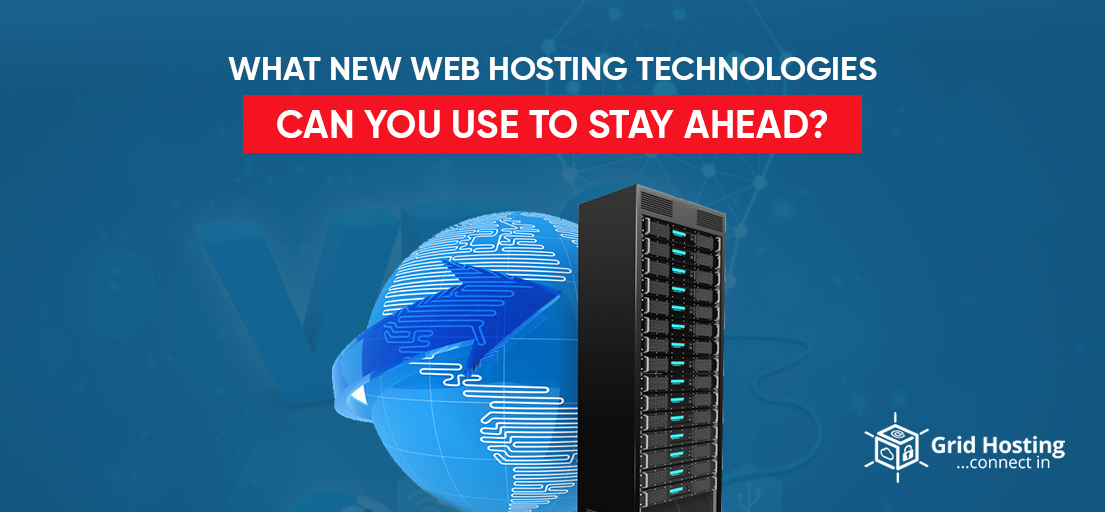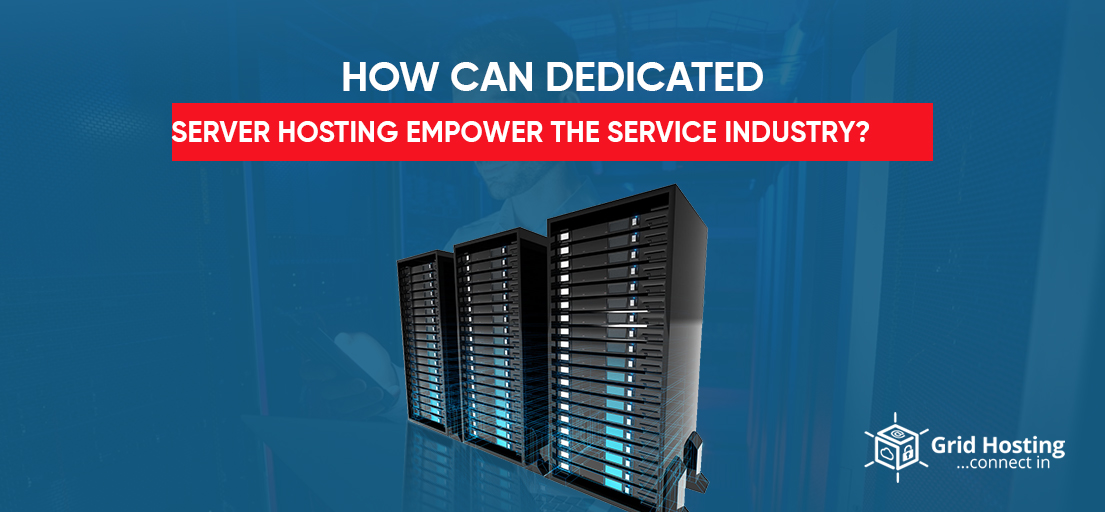LEARN THE TYPES OF THE TOP SERVERS AND THEIR ADVANTAGES.
Most companies have the top server, and do you know what it’s doing? The overwhelming scale of some servers will overwhelm and keep people from knowing what they are doing. In enterprise technology, a server plays a crucial part. It would help if you had a server configured properly to store and view data seamlessly through your network. Here at Grid Hosting, you will understand what top web server and their types are.
What does a top server do?
A server stores data and transfer it on a network. This can be a local network or a larger network spanning many areas, as is the business network.
Any PC can be customized as a server. While we listen to the word server, we think of huge, powerful computers that drag data from the internet.

Types of top Server
Let us speak in-depth about the types and top server names:
1. Application Server
This is an area in which various applications will operate, regardless of which tasks they are or execute. It is used in web-based software, growth, procedure, and operation. The PHP, Java, and NET systems are some examples. Application, they offer the benefit of high-end work and consolidated data management.
2. The Cloud Server
Their vast computing and processing capacity are heavily distributed. These forms are primarily used by “cloud computing”.
What is Cloud Computing?
It’s an area that can be accessed from computers, cellphones, and tablets via the application (Google drive) or via the website that accesses the cloud through the browser.
3. Database Server
The database server offers access and data recovery from a database. The “frontend can reach the foundation,” the locally controlled user interface, and the “backend” understood to function from any remote computer or shell in the database itself.
To access any information in the database, the query is then output to the user demanding the data.
The large enterprise uses a storage database, and clients can access the data utilizing any query term to execute a query.
4. Mail Server
It is a remote or clustered machine that keeps emails to the recipient on a given network. It is similar to the postal service, where email is collected and processed before shipping. When the user requires or transmits any email to the customer, the user must reach the mail server to send mail to the customer’s phone.
5. Domain Name Service
For translating domain names to their respective IP addresses, the DNS server or “Domain Name Service” is used.
This server is referred to by your browser as you write and press Enter. The theory is that users and companies who cannot memorize IP addresses should be given a suitable name.
Internet Service Providers (ISPs) usually supply their customers with DNS top server price. Many businesses, though, offer this search tool free of charge (such as the popular Google DNS server with IP 8.8.8.8).
These alternative DNS servers are mostly used by certain web users who are more worried about their security.
When users build a new domain name, DNS servers are often taped. There are more “authoritative” servers than others. DNS top server drivers run hierarchically.
The domain name is documented using an improved DNS service, the lower DNS server. This registration generally spreads around the globe during a process lasting between 24 to 48 hrs
6. Web Server
A web server enables the platform you’re looking at just now. This server is designed to provide online content to customers.
Web servers only receive client “GET” and “POST” queries (among other verbs).
A “GET” query is to collect data directly and not provide information to the server.
But on the other side, a “POST” query is whether a client has information to share with the server and wants an answer from it. For instance, completing a form on a web server is a “POST” query from the user to the server by tapping on the “submit”.
Web servers are usually of nature “headless.” This preserves the server’s resources and ensures that the operating system and server programs can be powered sufficiently.
“Headless” implies that it doesn’t function like a conventional home machine. Just by using command-line interfaces, will these servers’ administrators bind to them?
Note that some kind of program like your home computer can be run by top server download services.
You can also run on any OS, as long as you follow the web’s general “rules.”
Typically, current web apps operate on a variety of levels, beginning with servers and manipulating data programs (i.e., PHP, ASP.NET, etc.), and finishing with the client-side scripting (e.g. JavaScript) of the presentation of the data.
7. Proxy Server
That is a device that is used in the gateway server or another computer that is splitting a local network from world networks. It enables all pages reached across the network to be loaded quicker and reduce the network’s bandwidth for users wishing to use the same website. When a page is viewed without a proxy server, the site page indexes the page and transmits it to the appropriate user using its IP address.
Advantages of top web servers
Some advantages of top web server describe shortly below:
1. Scalability:
To ensure the enterprise’s smooth operation, we will have more equipment that can satisfy the current necessity without replacing a computer. The storage capacity, speeds, and remote access can be upgraded more easily.
2. Reliability:
If any system or element malfunction costs the business buying your own becomes extremely feasible. The stability of the company is guaranteed due to nil downtime.
3. Smooth connectivity:
No wait time, no delay time, also you don’t need to change the configurations
4. Collaboration:
Servers and clients work in coordination.
5. Rapid expansion:
Because of scalability, we can quickly connect the server without downtime to the network.
6. Automatic and standardized:
Because of regular backup, any server can be quickly shut down without losing data.
Ending:
A Top server is a machine that stores other connected PCs data. These machines, known as clients, may connect via a local area network or a widespread network like the internet to a server. A server is an essential part of the IT infrastructure.
Here we have addressed the fundamental definition, seven different forms, and their advantages used in a different environment. To read more, you can also see the Grid Hosting Blog page.







